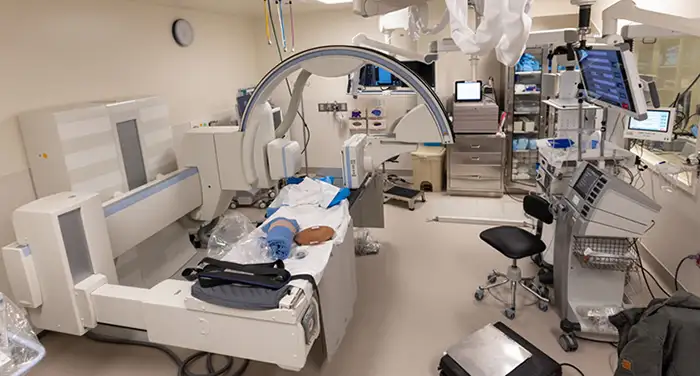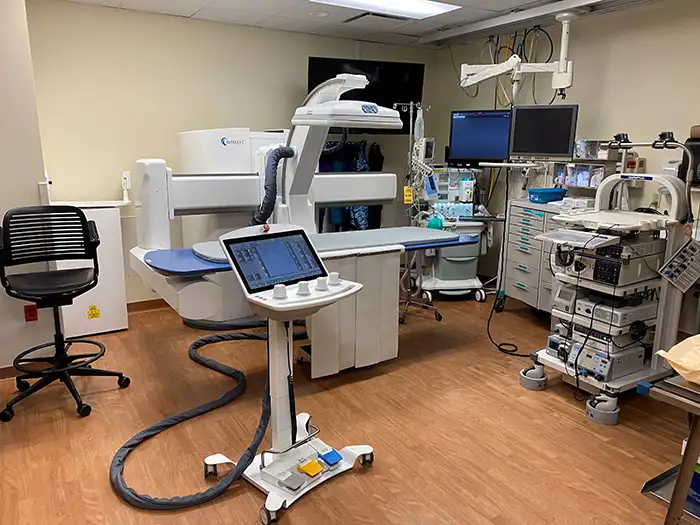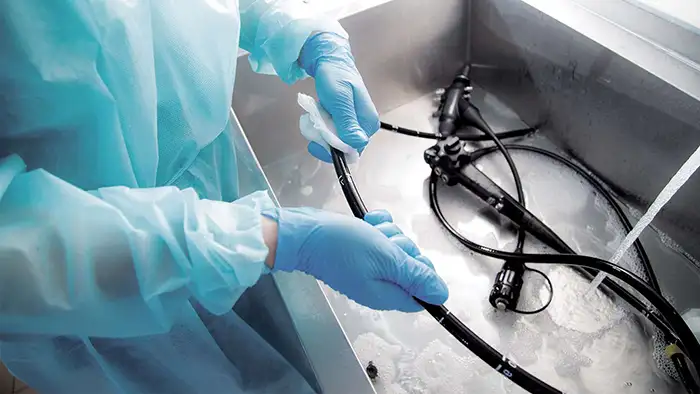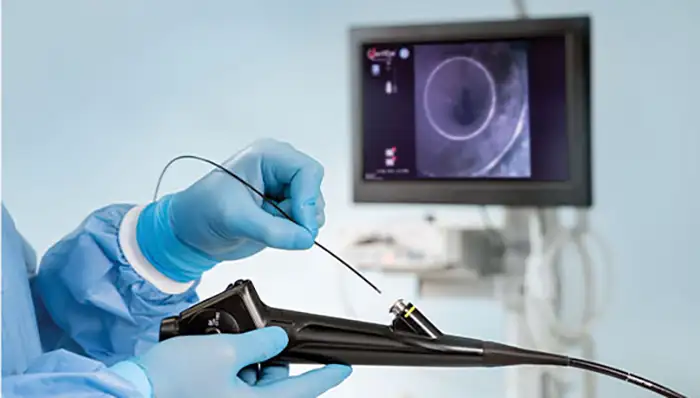Table of Contents
Hospitals today rely on innovative endoscopy machine to improve clinical outcomes, streamline procedures, and meet the demands of modern patient care. A medical endoscope device provides real-time internal visualization with high-definition imaging, allowing clinicians to perform diagnostics and minimally invasive surgery with greater accuracy. These systems, sometimes referred to as endoscopy equipment or advanced endoscopic platforms, are designed to reduce patient trauma, shorten recovery time, and enhance surgical efficiency.
Endoscopic systems have transformed surgical practices by enabling physicians to see inside the body without large incisions. Hospitals adopt these devices because they reduce patient risks, minimize blood loss, and support faster recovery compared to traditional surgery. For patients, the benefits include shorter hospital stays and lower costs. Clinicians benefit from enhanced visibility and smoother workflow during complex operations.
Today’s endoscope machines integrate advanced technology that ensures both clinical accuracy and ergonomic ease.
High-definition and 4K imaging systems provide detailed visualization of tissues and internal structures.
Enhanced illumination and optical clarity help detect early-stage disease that may not be visible with standard equipment.
AI-assisted image recognition is emerging, enabling automated detection of polyps, lesions, or abnormal tissue patterns.
Lightweight and flexible designs improve handling for surgeons during lengthy procedures.
Advanced control systems reduce operator fatigue and enhance precision.
Customizable interfaces adapt to different surgical specialties, ensuring consistency across hospital departments.
The versatility of endoscopic devices is one of their greatest strengths. By adapting to multiple clinical specialties, they support a wide range of hospital workflows.
Colonoscopes and gastroscopes are vital for early cancer screening, polyp detection, and biopsy collection.
Endoscopic resection techniques allow removal of polyps and lesions without open surgery.
Real-time video documentation supports collaborative diagnosis and medical record accuracy.
Ureteroscopes and cystoscopes are used for examining urinary tract conditions and removing kidney stones.
Precision imaging enables targeted treatment of tumors and strictures.
Medical imaging systems support minimally invasive lithotripsy, reducing recovery time for patients.
Flexible endoscopes allow visualization of nasal passages, sinuses, and vocal cords.
ENT surgeons rely on ENT endoscopic platforms for identifying subtle structural abnormalities.
These procedures reduce the need for invasive exploration and improve diagnostic speed.
Improved clinical efficiency: Surgeons can complete procedures more quickly with enhanced visualization, which increases patient throughput.
Reduced complications: Minimally invasive procedures lower the risk of infections and surgical trauma.
Cost savings: Shorter hospital stays and fewer complications reduce overall healthcare costs.
Better patient experience: Patients recover faster, experience less pain, and return to normal activities sooner.
Hospital procurement teams face critical decisions when choosing the right endoscope machine. Factors to consider include imaging quality, compatibility with existing hospital IT systems, maintenance support, long-term investment value, and flexibility across departments.
Customization (ODM/OEM solutions): Many endoscope manufacturers provide tailored endoscopic devices to match hospital-specific needs, ensuring compatibility with preferred imaging software or surgical platforms.
Cost-performance balance: Procurement teams evaluate devices not only on price but also on durability, service life, and clinical outcomes.
Training and support: Reliable after-sales training ensures staff adoption and consistent performance in surgical settings.
Artificial intelligence: AI-driven software supports real-time image analysis, aiding in early disease detection and improving diagnostic accuracy.
Robotics integration: Robotic-assisted endoscopy systems enhance surgeon dexterity and allow for even less invasive procedures.
Wireless and capsule endoscopy: Compact, patient-friendly devices are being developed for gastrointestinal diagnostics, reducing discomfort and extending diagnostic reach.
Enhanced data connectivity: Integration with hospital information systems allows better data sharing, archiving, and remote consultation.
These innovations ensure that endoscope machines will continue to evolve as vital tools in patient care, making surgeries safer, faster, and more effective.
Yes, we can supply advanced endoscope machines customized for hospital requirements, including high-definition imaging, ergonomic design, and compatibility with various surgical specialties.
Absolutely, our ODM/OEM solutions allow hospitals to select features such as insertion tube diameter, light source type, imaging resolution, and ergonomic configurations.
Our endoscopic systems are suitable for gastroenterology, urology, ENT, pulmonology, and other minimally invasive surgical procedures, supporting both diagnostics and therapeutic interventions.
Yes, our endoscopic platforms can be configured with smaller insertion diameters and gentler light sources to ensure safe procedures for pediatric and high-risk patients.
Lead times vary depending on customization level, but standard hospital-grade configurations typically ship within 6–10 weeks. Tailored ODM solutions may require slightly longer.
Yes, we offer long-term maintenance, software updates, and technical support to ensure optimal device performance and extend operational lifespan.
Yes, our modular endoscopic systems are designed for multi-department compatibility, simplifying inventory management and reducing training requirements.
By enabling minimally invasive procedures with high-definition visualization, ergonomic handling, and precise instrumentation, our devices reduce complications, shorten recovery times, and enhance overall patient satisfaction.
Yes, we offer bronchoscopes and flexible endoscopic systems optimized for pulmonology, enabling precise visualization and minimally invasive treatment of the respiratory tract.
Absolutely, our laparoscopic endoscopy devices provide 4K imaging, enhanced lighting, and ergonomic controls for precise surgical navigation.
Yes, our ureteroscopes and cystoscopes are optimized for urological applications, supporting precise navigation, stone removal, and tumor treatments with minimal patient trauma.
Copyright © 2025.Geekvalue All rights reserved.Technical Support:TiaoQingCMS